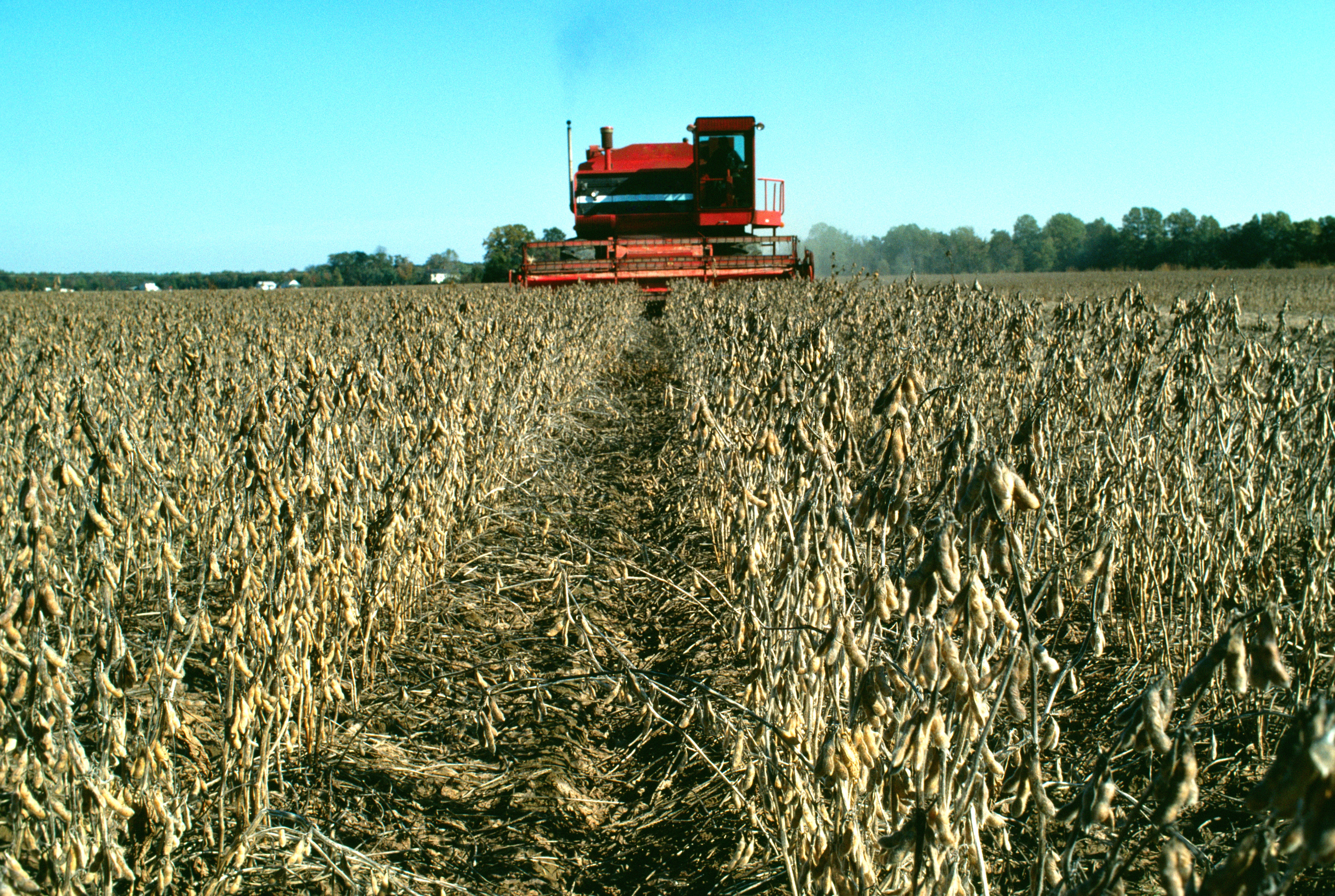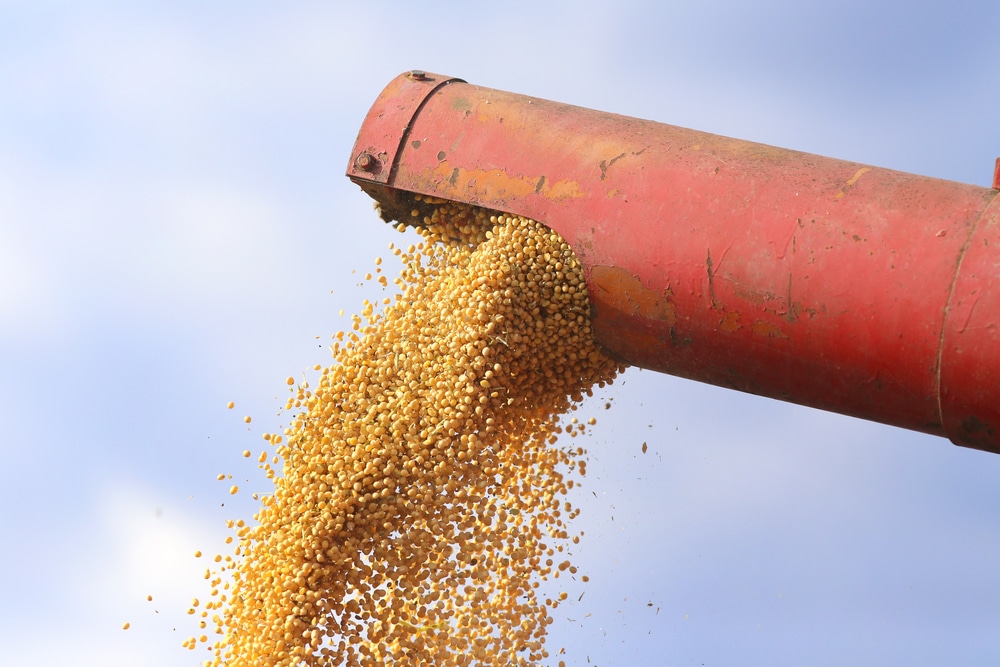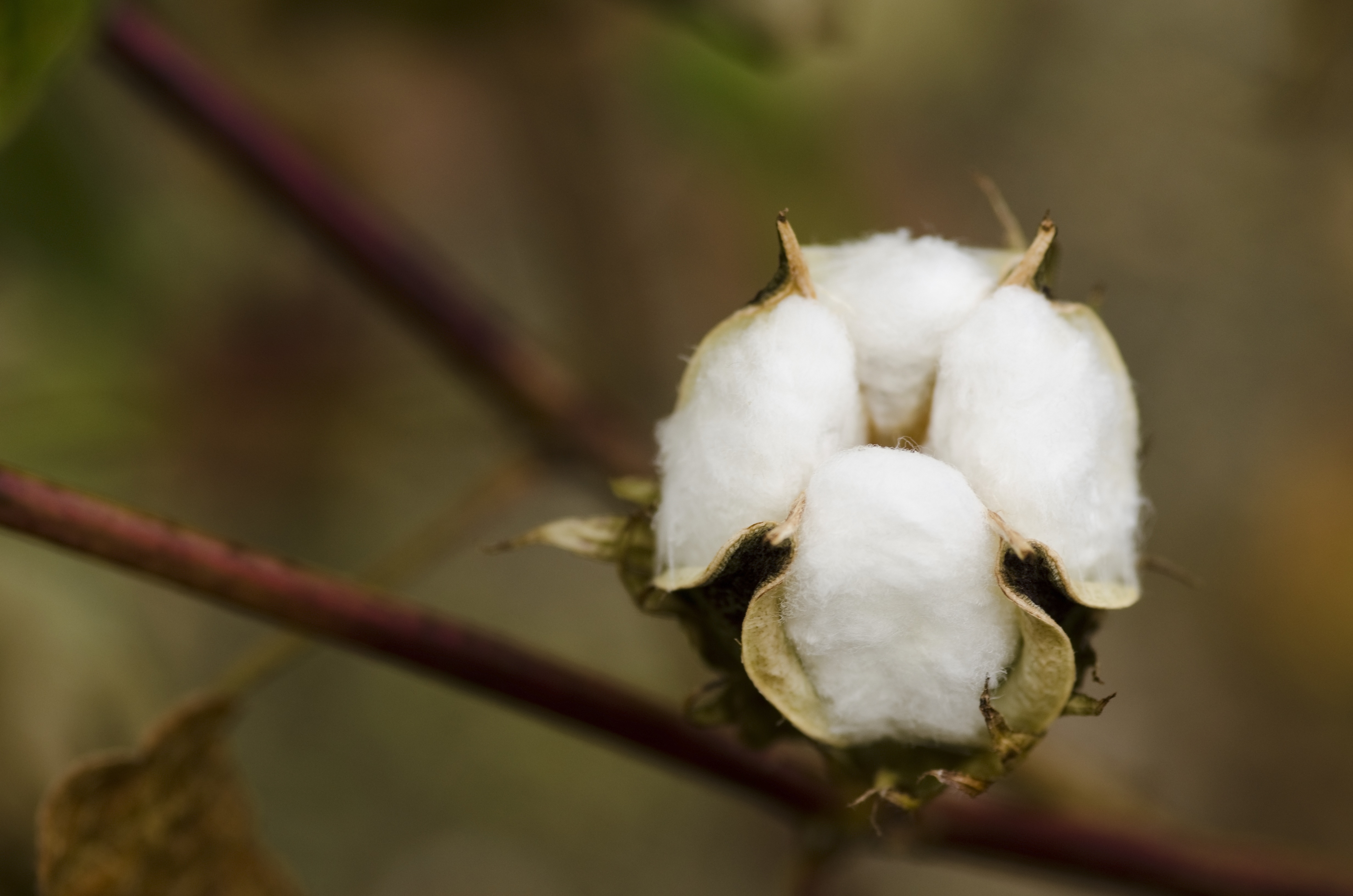House Votes To Re-Open USDA
The House voted late Thursday to reopen the U.S. Department of Agriculture. The bill passed 243-183, 10 of those votes were Republicans.
The Republican-controlled Senate, however, has shown no signs of taking up any of the three funding bills passed by the House, meaning the partial government shutdown impacting nine cabinet departments will likely continue into its fourth week.
USDA has been running a skeleton crew since the Friday following the Dec. 21 shutdown when their funding reserves ran out. Still, the Supplemental Nutrition Assistance Program, commonly known as SNAP or food stamps, will continue providing food stamps to millions of Americans through February.
“At the direction of @POTUS, we've announced a plan to fully fund SNAP benefits for February, despite Congress' inability to send the President an appropriations bill that secures our borders. We're doing right and feeding everyone” Agriculture Secretary Sonny Perdue tweeted.
Amid wild speculation by media and politicians alike about the impact of the shutdown, Perdue took to Twitter to set the record straight about essential functions in his department that are still taking place.
“Want to calm some fears because of somewhat sensational reporting on the shutdown. @USDAFoodSafety inspectors are still at work, checking meat, poultry & processed eggs. Inspectors also screening for pests at export & import points, incl between Hawaii & Puerto Rico and mainland,” he Tweeted on Friday.
He also acknowledged trade fears that the data from the January crop production report previously scheduled to be released today would be lost.
“There have been some stories written about fears of lost agricultural research during the shutdown. To be clear: at @USDA_ARS we have over 1,100 employees on the case to protect research property & data where significant damage could result if unattended for any period of time,” he tweeted.








